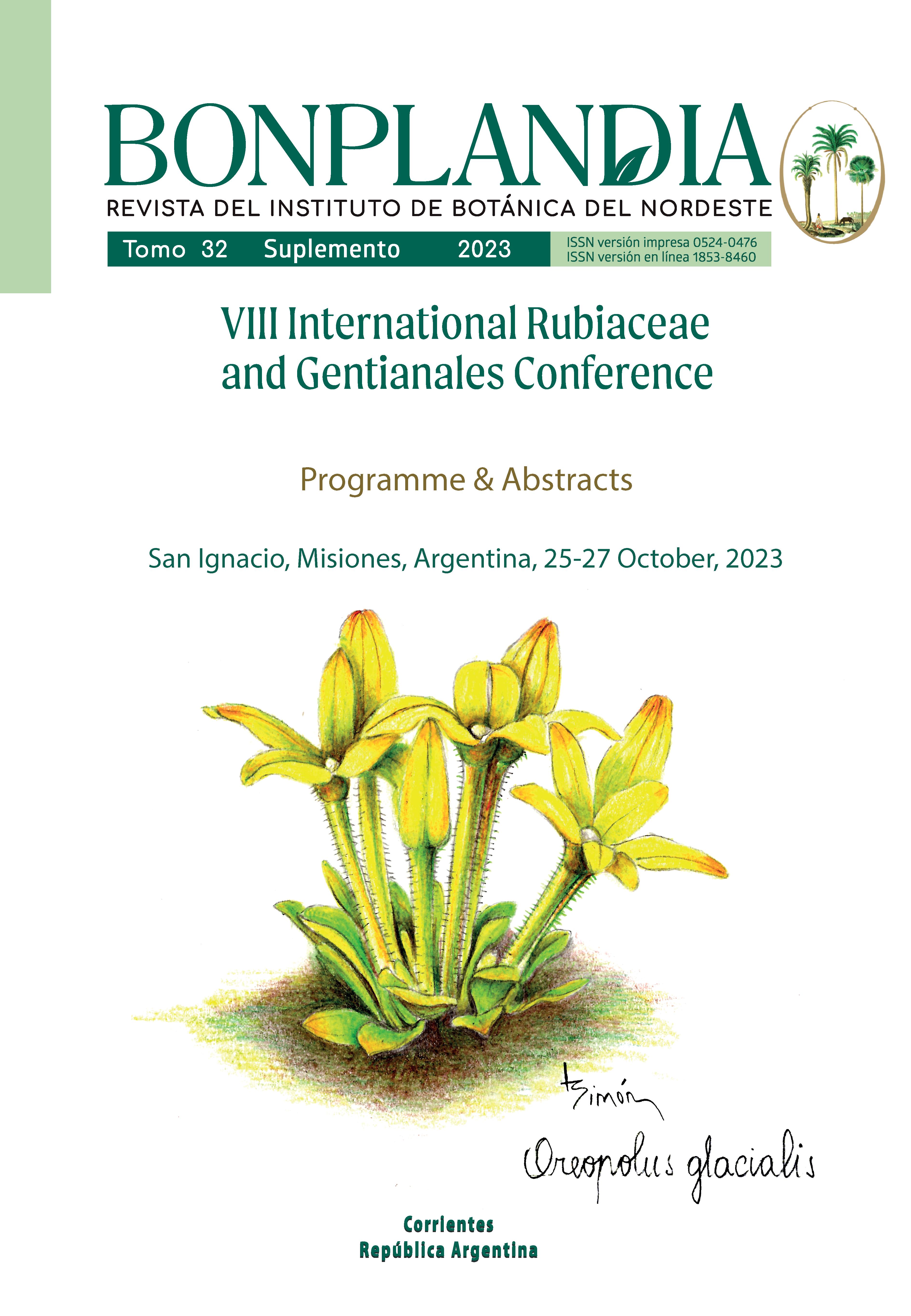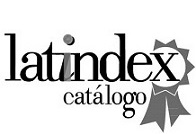Phylogeny and evolution of flower symmetry of Posoqueria (Rubiaceae)
Abstract
he genus Posoqueria is a phylogenetically poorly understood Neotropical group of roughly 20-25 species of shrubs and trees in the coffee family Rubiaceae, which presents several intemal taxonomic difficulties. Here, we used samples from 15 species and a high-throughput sequencing strategy to target-capture 353 nuclear loci, from which 177 genes were chosen to generate a phylogeny of Posoqueria using the multispecies coalescent (MSC) method. Our study confirms the monophyly of most Posoqueria taxa, providing evidence of phylogenomic distinctiveness of species such as P. mutisii, P. longiflora, P. maxima, P. grandiflora, and P. wiUiamsii, but questions the current circumscription of P. chocoana and P costaricensis. The phylogeny also supports the re-circumscription of P. latifolia, suggesting that populations from Central America and Colombia belong to an undescribed species in the genus. Moreover, our phylogenomic study indicates that flower symmetry and the unique catapult mechanism linked to zygomorphic flowers in Posoqueria is the product of several evolutionary transitions. On the other hand, some phylogenetic relationships in our study were only recovered with weak to moderate support, indicating further investigation is required that could include designing a customised bait panel that allows to resolve recent diversification events in Posoqueria.Downloads
Download data is not yet available.
Downloads
Published
2023-10-26
How to Cite
Giraldo, S. (2023). Phylogeny and evolution of flower symmetry of Posoqueria (Rubiaceae). Bonplandia, 32, 10. Retrieved from https://revistas.unne.edu.ar/index.php/bon/article/view/6947
Issue
Section
Presentations
License
Copyright (c) 2023 Bonplandia

This work is licensed under a Creative Commons Attribution 4.0 International License.
Declaration of Adhesion to Open Access
- All contents of Bonplandia journal are available online, open to all and for free, before they are printed.
Copyright Notice
- Bonplandia magazine allows authors to retain their copyright without restrictions.
- The journal is under a Creative Commons Attribution 4.0 International license.











.jpg)


